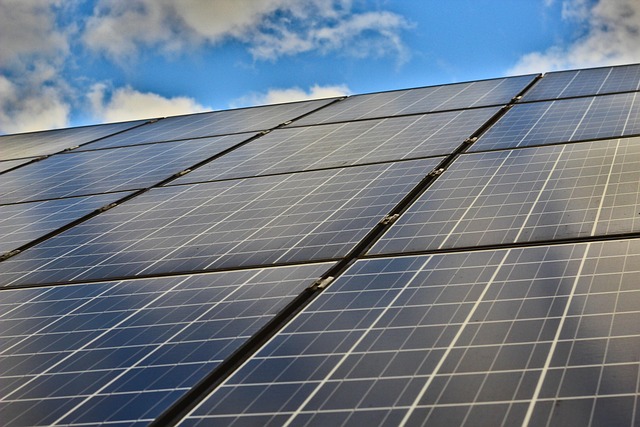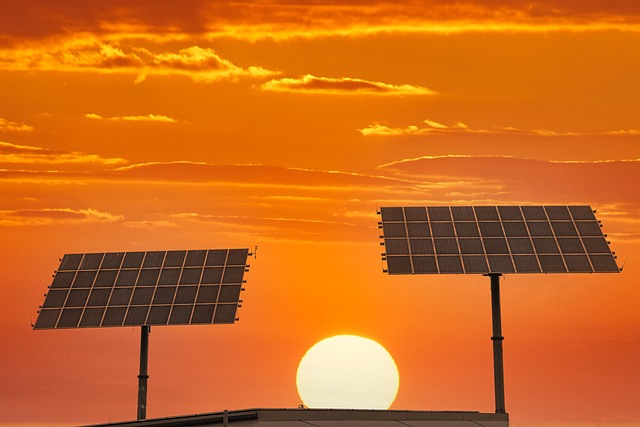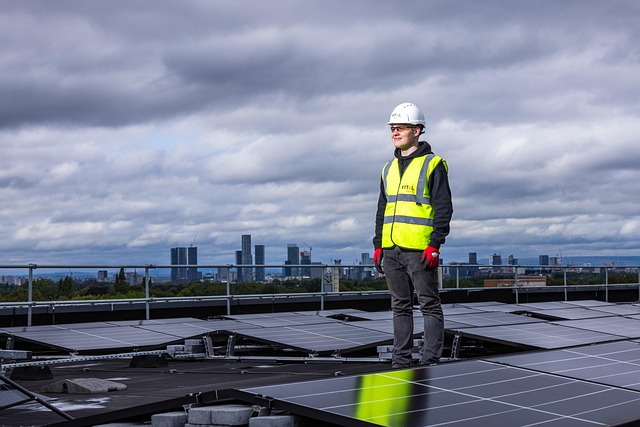Green Energy and Job Creation: A Sector on the Rise
In recent years, the concept of green energy has gained immense traction as societies across the globe increasingly recognize the pressing need for sustainable practices and the reduction of greenhouse gas emissions. As a result, the transition to green energy not only addresses environmental concerns, but it also serves as a catalyst for economic growth and job creation. This article delves into the intersection of green energy and job creation, illustrating how this sector is evolving and flourishing in the modern marketplace.
The Green Energy Landscape
Green energy, often referred to as renewable energy, encompasses various energy sources that are naturally replenished, such as solar, wind, hydroelectric, geothermal, and biomass. Unlike fossil fuels, which are finite and contribute significantly to environmental degradation, green energy offers a sustainable alternative that can help mitigate climate change.
The global shift toward green energy is reflected in policies and initiatives adopted by nations around the world. Governments are investing heavily in renewable energy projects, not only to meet climate goals but also to stimulate economic growth. As the renewable energy sector expands, it gives rise to a plethora of new job opportunities across multiple disciplines.
Job Creation in the Green Energy Sector
The renewable energy sector has emerged as one of the most dynamic and fastest-growing job markets. A multitude of positions is being created within various subsectors, including research and development, manufacturing, installation, maintenance, and project management.
One of the most notable aspects of green energy job creation is its capacity to employ a diverse range of individuals. From engineers and scientists to electricians and laborers, the sector’s job opportunities cater to a broad spectrum of skills and educational backgrounds.
Types of Jobs Created
As the green energy landscape evolves, we can categorize the jobs being created into several key types:
1. Engineering and Technology Roles: Engineers and technical experts play a vital role in developing new renewable technologies, optimizing energy efficiency, and creating grid management systems. These positions often require advanced degrees and specialized training.
2. Manufacturing Jobs: The production of renewable energy components, such as solar panels, wind turbines, and batteries, has spurred the growth of manufacturing jobs. Many of these positions focus on assembly line work, quality assurance, and logistics.
3. Installation and Maintenance: As renewable energy systems are installed, the demand for skilled technicians and electricians has surged. Workers in this category are responsible for setting up and maintaining systems such as solar arrays and wind farms.
4. Research and Development: The pursuit of innovative solutions in renewable energy is driving demand for researchers and scientists. Their work focuses on enhancing existing technologies and discovering new methods for harnessing energy sustainably.
5. Sales and Marketing: As renewable energy continues to gain popularity, sales and marketing professionals are essential for promoting green energy technologies and educating consumers on their benefits.
This diverse array of job opportunities highlights the multifaceted nature of the green energy sector, demonstrating that it is inclusive and capable of retraining individuals from traditional energy industries.
The Economic Impact of Green Energy Jobs
Job creation in the green energy sector has significant implications for local and national economies. The transition to renewable energy not only provides jobs; it also stimulates economic growth through increased investments in infrastructure and technology. When communities embrace green energy projects, they often experience a ripple effect that enhances local economies.
Many green energy initiatives are placed in rural areas, where job opportunities may be limited. Wind farms, solar installations, and biomass plants can provide stability and revitalization to these regions. Investments in renewable energy infrastructure can lead to economic diversification, enabling deep-rooted communities to prosper.
The Role of Government Policies
Government policies are key drivers in the growth of the green energy sector and its associated job creation. Incentives such as tax credits, grants, subsidies, and renewable energy mandates create an enabling environment for investment. Additionally, international agreements, like the Paris Agreement, commit countries to ambitious greenhouse gas reduction goals, further accelerating the transition to renewable energy.
For instance, the United States has seen significant job creation in the green energy sector largely due to federal and state policies that favor the development of renewable energy technologies. Similar trends can be observed in nations like Germany, Denmark, and China, where supportive policies have been instrumental in establishing resilient and competitive green energy markets.
Challenges and Considerations
Despite its rapid growth, the green energy sector faces challenges that could hinder its potential for job creation. One of the primary issues is the transition from traditional fossil fuel jobs to renewable energy positions. Areas heavily reliant on fossil fuels may require substantial workforce retraining and adaptation efforts to transition to new roles in the green energy landscape.
Furthermore, the intermittency of renewable sources such as solar and wind raises questions about energy reliability and grid management. Investments in energy storage solutions and grid modernization are essential to ensure that renewable energy can meet consumer demand consistently.
Future Prospects
The future of green energy and its role in job creation appears bright, driven by technological advancements and a growing public consensus on the importance of sustainability. With increased investment and innovation, industries are constantly evolving, and new opportunities emerge.
Forward-thinking organizations are also prioritizing diversity and inclusion within the green energy workforce, targeting underrepresented groups to ensure equity in job opportunities. This commitment to inclusivity will further bolster the sector, helping to build a stronger, more multifaceted workforce.
Conclusion
The green energy sector presents a unique opportunity for job creation and economic growth while simultaneously addressing one of the most pressing challenges of our time: climate change. As society moves toward a sustainable future, investing in green energy is not just an environmental imperative but an economic opportunity. By embracing renewable energy technologies and policies, nations can create millions of jobs, revitalize local economies, and contribute to a healthier planet.
In conclusion, the intersection of green energy and job creation showcases a dynamic and evolving sector poised for long-term growth. It is imperative that governments, businesses, and individuals commit to fostering this transition, ensuring a brighter future for forthcoming generations.



